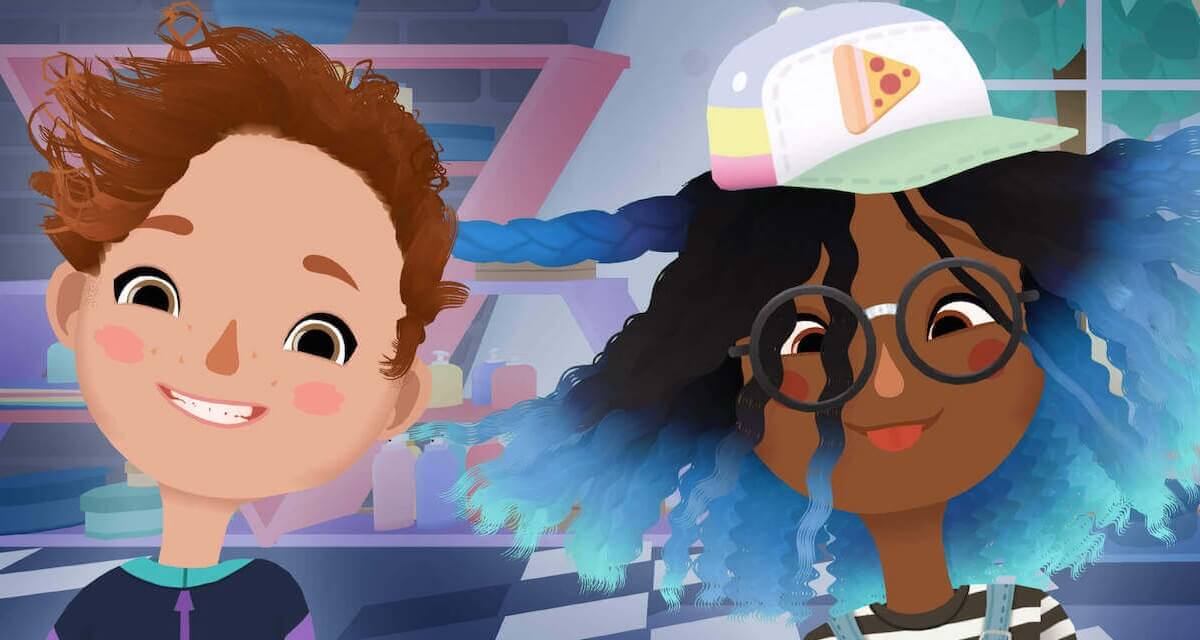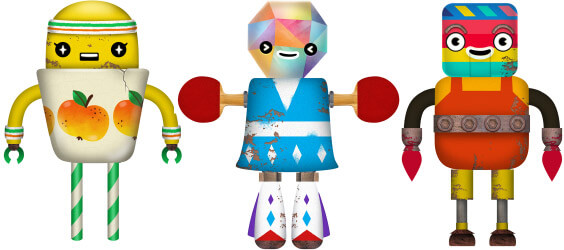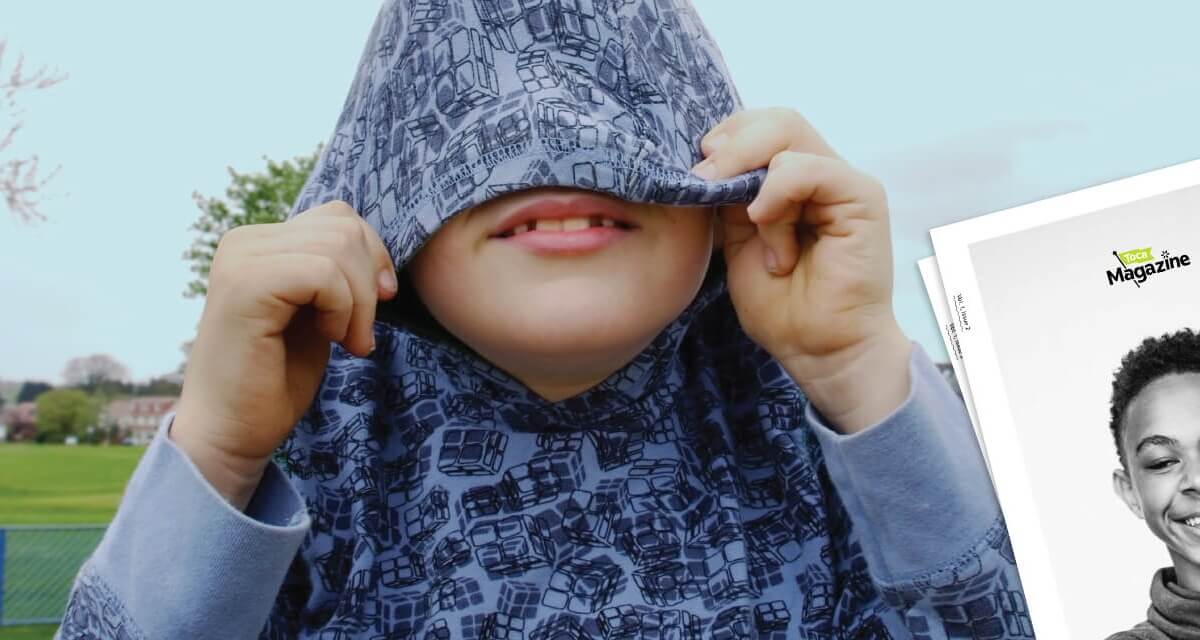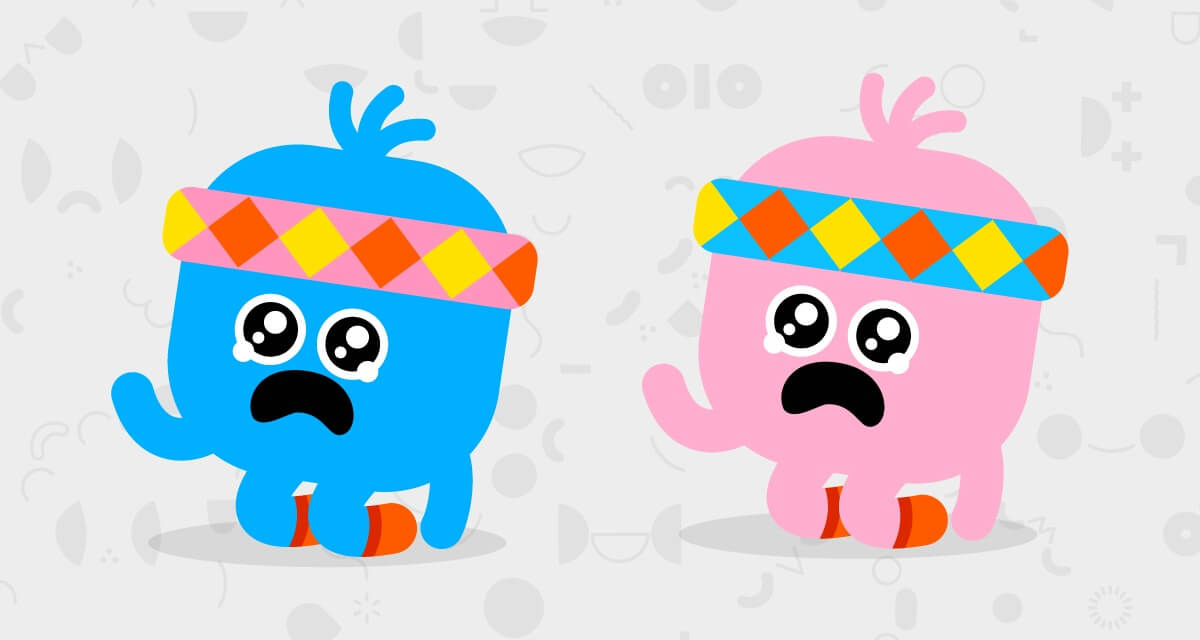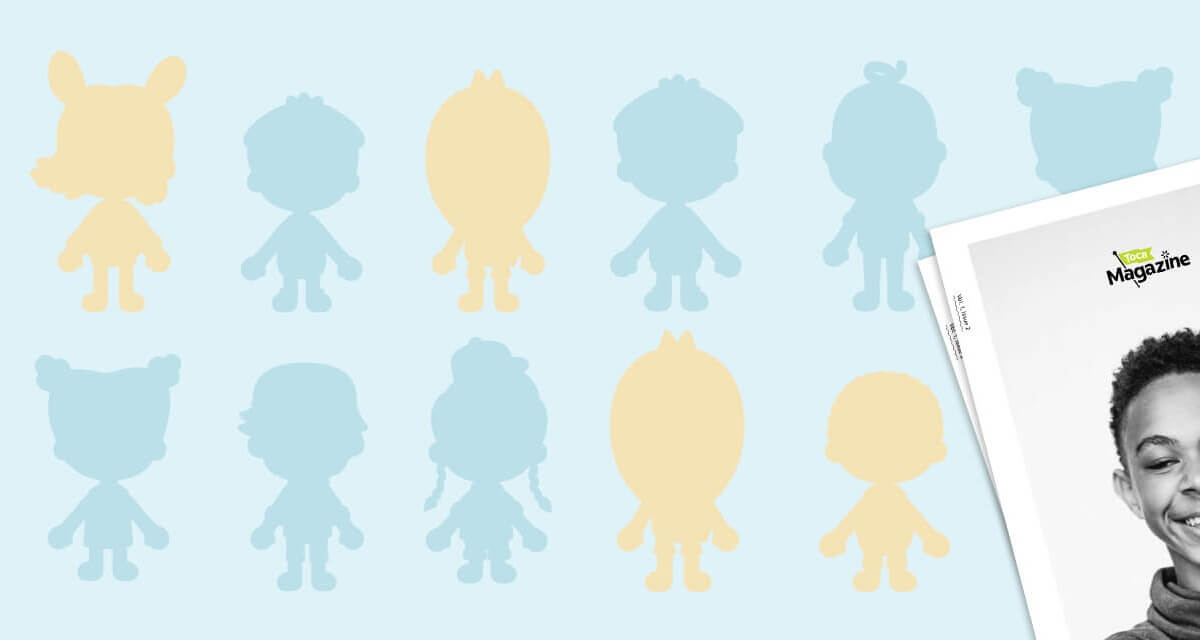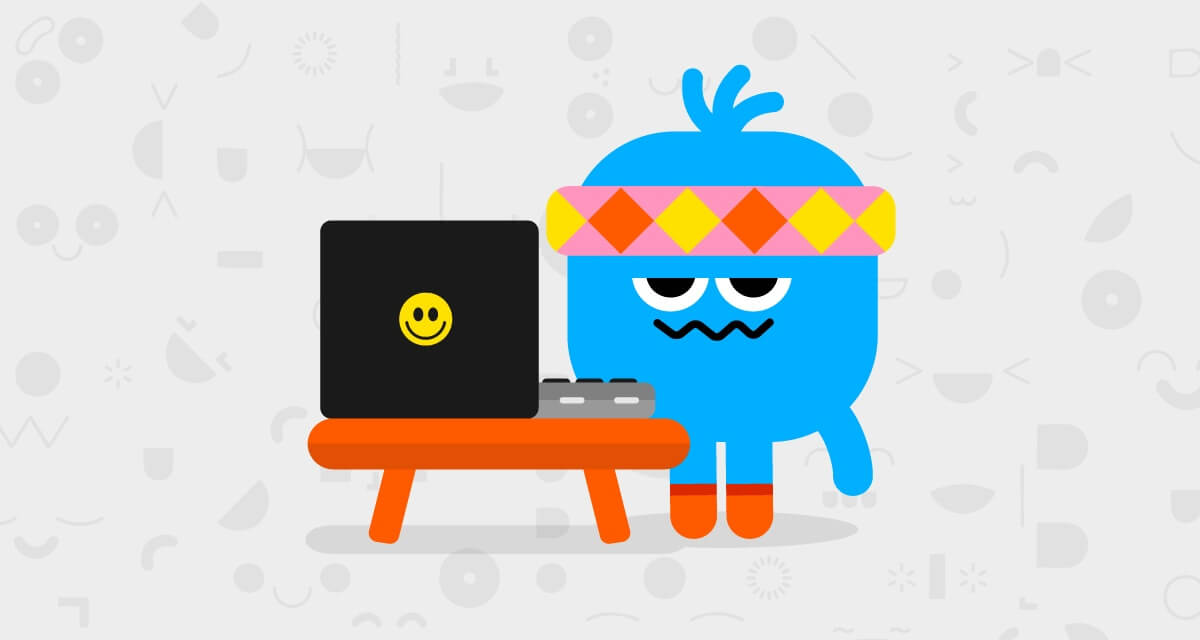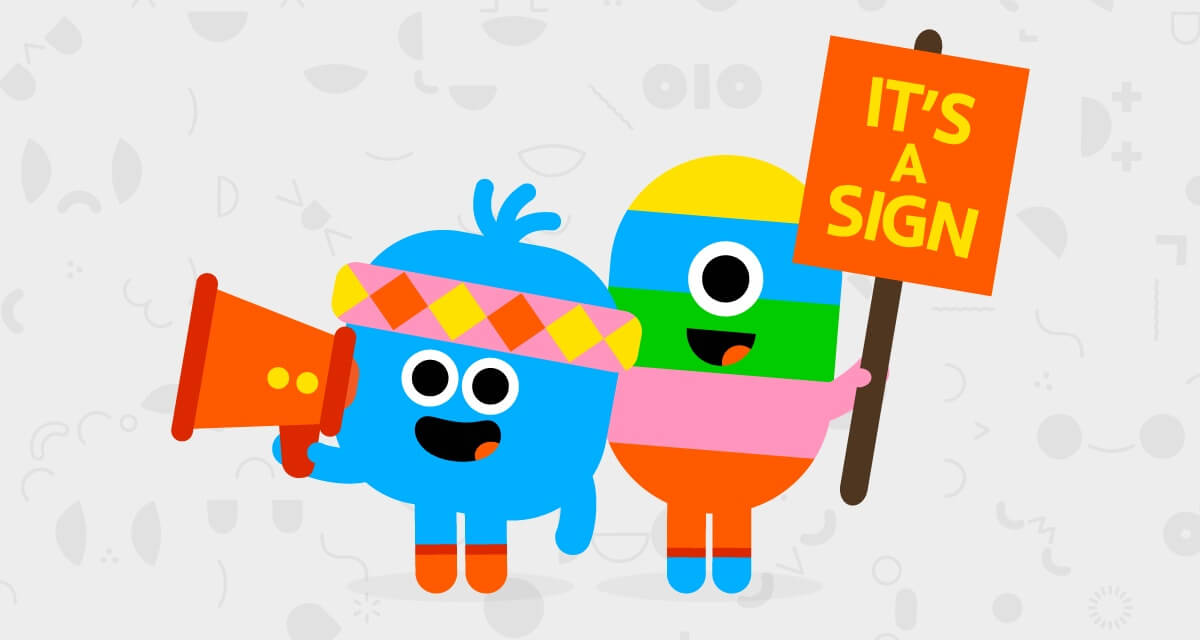Your kid wants to make a big change to their hairstyle. Here are three things to know if you say yes, and three things to know if you say no.
- By
- Parker Barry
Three things to know if you say yes:
- 1. It may be more meaningful than you expect. But you won’t know that until you let them do it. For kids who hate haircuts, they may stress far less with longer hair or dreadlocks, knowing the next cut won’t be anytime soon. For kids who crave a way to self-express, the sense of agency that comes from choosing their own unique hairstyle can be a huge confidence boost.
- 2. Mistakes happen. But hair grows. Dyes fade. And professional stylists can do a lot to make even the worst mistakes look better.
- 3. Some people will judge. Well-meaning (or not) acquaintances, teachers, grandmas and grandpas, and even other kids will comment. Have some comebacks — or at least a polite reply — prepared. As Shane’s mom said: “People should be worried about heroin, not hair.”
Three things to know if you say no:
- 1. Consider alternatives. Offer something more temporary than a permanent color or cut. Try hair extensions, clip-ins or one-wash dyes. If the “no” is due to a school rule, ask your kid if they want to write a letter to the school to suggest changing the rule. Empowering them to voice their desire for a change can turn the “no” into a lesson in civil discourse, even if the rule stands.
- 2. Discover the depth of their request. Once you’ve said no, some kids will just shrug and move on. If they keep bugging you, you’ll know it’s more important to them than a passing whim. Apply a challenge to uncover their level of commitment. When 13-year-old Nick wanted a Mohawk at age 9, his parents used his request as an incentive for him to work hard in school. All A’s? The Mohawk was his.
- 3. Keep talking. If your kid is super-attached to changing their hairstyle and you’re uber-attached to the “no,” offer to revisit the discussion after an agreed upon time, say in six months, the next grade level or middle school. There’s always potential for change — on both sides — of almost any issue. Even if you never change your mind, your kid will feel heard and understood.

